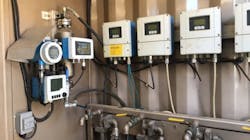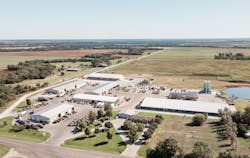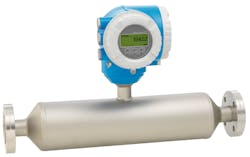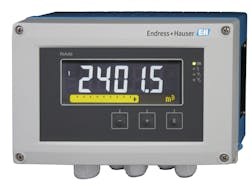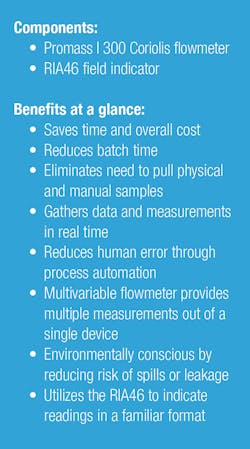Case Study: Gore Nitrogen finds cost-effective flow measurement solution
To compensate for viscosity fluctuations and to maintain high-quality products, Gore Nitrogen used a manual measuring process. Although this worked, it did require constant attention from personnel — which was both costly and timely. So, Brandon Bensch, Gore Nitrogen’s IT director, reached out to Endress+Hauser for a different solution. Endress+Hauser recommended the Promass I 300 Coriolis flowmeter and worked with the Gore Nitrogen team to get the new technology implemented and running smoothly.
Challenge
Before Bensch made the switch to the Promass I, Gore Nitrogen operators were taking manual samples every 10 minutes and running multiple tests to gauge the viscosity measurement. This required constant use of manpower, but the tests were necessary to maintain exact product quality for customers. Since the products were non-Newtonian fluids with fluctuating viscosities, operators could not just set the levels. They instead had to make timely corrections to adjust for variations, otherwise quality and safety issues could occur.
Solution
“The Promass I 300 has been an extreme blessing and benefit for us," said Bensch. "Our customers love seeing the real-time data of the gel measurements and appreciate that next level of transparency,”
Results
The Gore Nitrogen team has seen great results from the Promass I 300 Coriolis flowmeter. The new setup eliminates the need for manual testing and frees up resources, saving both manpower and time. Since the Promass I is built to withstand fluctuating conditions, operators no longer have to manually pull samples every 10 minutes or run constant tests for measurement readings. Instead, they make the corrections automatically via the control system, providing improved control, accuracy and overall quality for each job.
“The more automatic the process is, the better. With the web server built in, we can now see everything remotely. At any given time, we can log in and check settings and see how the system is reading. That provides big savings on technicians in the field, greater transparency for the customer and allows for additional observations to prevent issues like leaks and spills,” Bensch said.
